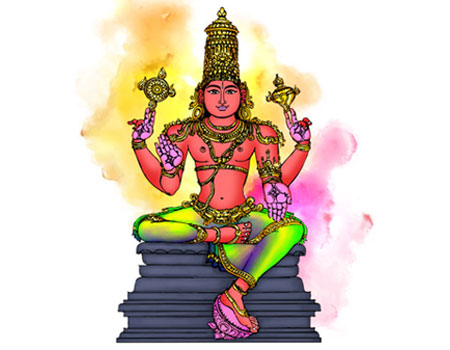
#Vishakha is one of the twenty-seven #Nakshatras, or lunar mansions, in #Vedicastrology. It is ruled by #Jupiter and is represented by a pair of scales, or a pot. Vishakha is the 16th #Nakshatra of the zodiac, and is located between 20°00' and 30°00' in the zodiac sign of Libra. It is associated with the star #Spica in the #constellation of Virgo. The moon in Vishakha Nakshatra is a time of new beginnings and is associated with good fortune and success in business.
People born under this Nakshatra are ambitious and will often pursue their goals with determination and hard work. They are also known for their strong sense of justice and fairness.
The placement of Vishakha Nakshatra in your kundli, or birth chart, is a major determinant of your destiny. It will influence your wealth, career, health, relationships and more. Knowing your birth star is important for understanding your life journey and potential.
Vishakha Nakshatra has a strong connection to the zodiac sign of Libra, and those born under it may have Libra qualities such as a sense of balance, diplomacy, and fairness. Its ruling planet, Jupiter, also offers protection and guidance throughout life.
Vishakha Nakshatra is a powerful and auspicious Nakshatra, and its lord, Jupiter, is known to bring good fortune and success. Thus, those born under this Nakshatra are likely to experience positive outcomes in their life. With proper guidance and knowledge, they can make the most of the potential of Vishakha Nakshatra.
Vishakha Nakshatra Padas
Vishakha Nakshatra is a powerful and auspicious lunar mansion in Vedic astrology. It is the 16th of the 27 Nakshatras and is divided into four equal parts or padas. Each of these four padas has very different energies and can bring about different experiences and outcomes for a person.
The first pada of Vishakha Nakshatra is associated with the energy of exploration, creativity and learning. It is a time for taking risks and pushing boundaries. It is also a time for seeking out new possibilities and experiences.
The second pada of Vishakha Nakshatra is associated with the energy of growth and prosperity. It is a time for taking action and making progress towards goals. It is a time for achieving success and finding prosperity.
The third pada of Vishakha Nakshatra is associated with the energy of service and spiritual growth. It is a time for developing and deepening spiritual knowledge and understanding. It is also a time for connecting with higher consciousness and helping and serving others.
The fourth pada of Vishakha Nakshatra is associated with the energy of transformation and healing. It is a time for inner work and soul searching. It is a time for releasing old patterns and habits in order to make space for new possibilities.
Characteristics of Vishakha Nakshatra in Vedic Astrology
People born in this Nakshatra are said to be ambitious and courageous. They have a strong will and are able to easily overcome obstacles in pursuit of their goals. They have a great sense of justice and are able to make wise decisions. They are also creative and enjoy exploring new ideas.
Vishakha Nakshatra born people have a great ability to think strategically and plan ahead. They are also highly determined and persistent in the pursuit of their goals. They are highly intuitive and can accurately predict the outcome of any situation. They are also good at networking and building relationships.
In terms of relationships, Vishakha Nakshatra natives are loyal and devoted to their partners. They are also devoted to their family and friends, and are often praised for their loyalty and kindness. They are also highly supportive and compassionate, and can be trusted to do the right thing in any situation.
Vishakha Nakshatra born individuals are often successful in business and can be trusted to use their resources responsibly. They are also highly independent and self-reliant and rarely require help from others. They are also highly organized and disciplined and can be trusted to make the right decisions.
Vishakha Nakshatra born individuals are ambitious, courageous, and determined individuals who are highly intuitive and reliable. They have great leadership skills and can be trusted to make the right decisions. They are also loyal, supportive, and compassionate, and can be counted on to do the right thing.
Characteristics of Male Vishakha Nakshatra
Male Vishakha Nakshatra is a #star constellation that is associated with the zodiac sign of Libra. People born under this Nakshatra tend to be determined, ambitious, and hardworking. They are also known to be romantic, compassionate, and understanding.
In terms of their physical appearance, people of this Nakshatra tend to have an attractive and graceful physique. They may have an oval face, thick hair, and a slender body.
In terms of their mental makeup, people of this nakshatra are often very sharp and intelligent. They are quick to think and learn, and are generally good at problem solving. They are also known to be creative and original thinkers.
Personality wise, people of Vishakha Nakshatra are often very gentle and kind. They are sensitive to the feelings of others and are excellent listeners who strive to maintain harmony in their relationships. They are also known to be generous and helpful, often volunteering their time and resources to help others.
In Relationships, people of the Male Vishakha Nakshatra are known for their determination and ambition. They are intelligent and creative, and have a gentle and kind personality. They are often attractive and have a graceful physique, and strive to maintain harmony in their relationships.
Characteristics of Female Vishakha Nakshatra
In Vedic astrology, Vishakha Nakshatra is ruled by the planet Jupiter and its symbol is an archway or a victory flag. Female born under the Vishakha Nakshatra are said to possess a strong will and an independent nature. They are ambitious and like to take risks.
In terms of their mental makeup, they are intelligent and have a good understanding of the world around them. They are also known to be adventurous and are often found pushing their boundaries. They are also known to be passionate and emotional, but at the same time, they are also practical and logical thinkers.
In terms of their physical appearance, have a strong sense of justice and fairness. They are also known to be charming and charismatic, and have the ability to bring people together. They are also known for their creativity and are often found exploring their creative side.
Personality wise, female born under the Vishakha Nakshatra are known to possess strong and confident personalities. They are ambitious, courageous and independent in their thinking. They are generous, intelligent and intuitive. They are also creative, passionate and hardworking. They are idealistic and have a strong sense of justice and fairness.
In Relationships, female born under the Vishakha Nakshatra have a hardworking and determined nature. They are also known to be generous and kind-hearted. They are also known to be intuitive and are often found seeking knowledge and wisdom. They are also very loyal to their friends, partner and family.
Vishakha Nakshatra Career
The Vishakha Nakshatra is a star that is believed to bring success and prosperity to those born under it. As such, those born under this star often find themselves in a variety of successful career paths. Here is a look at some of the most popular fields of work associated with this star:
Business: Many born under this star find success in business. It is believed that the star’s power of ambition and determination is the key to success in this field.
Creative Arts: Vishakha has a strong energy for creativity and innovation, which makes it a great choice for those interested in a career in the creative arts. Those born under this star often excel in fields such as writing, music, fashion, and design.
Education: This star has an affinity for teaching and learning, so those born under it may find success in the field of education. Those born under this star have a natural ability to convey information in an interesting and engaging way, making them great teachers.
Finance: Those born under this star often find success in the field of finance. It is believed that the star’s power of ambition and determination help them to manage finances and investments with ease.
Law: This star is also known to be associated with justice and law. Those born under this star may find success in the legal profession, as they have the necessary skills and knowledge of the law.
Medicine: Those born under this star have a strong sense of empathy and compassion, which makes them excellent caregivers. As such, they may find success in the medical field. The Vishakha Nakshatra is a great star to have on one’s side when it comes to finding success in one’s career. Those born under this star often find themselves in successful and prosperous career paths.
Vishakha Nakshatra Compatibility
Vishakha Nakshatra is known for its strong character and supportive nature, making it compatible with a number of other Nakshatras.
Compatible Nakshatras:
Anuradha Nakshatra: Anuradha Nakshatra is a good match for Vishakha. Both share a similar nature and outlook, making for a harmonious union. They are both ambitious and driven, and will support each other in their goals.
Punarvasu Nakshatra: Punarvasu Nakshatra is also an ideal partner for Vishakha. Both Nakshatras are loyal and supportive, and have a strong sense of responsibility and commitment. They will understand each other's needs, and will work together to find success.
Uttara Phalguni Nakshatra: Uttara Phalguni Nakshatra is another compatible match for Vishakha. They both have an optimistic outlook, and will bring out the best in each other. They are also both passionate, and will be able to understand each other's feelings and desires.
Moola Nakshatra: Moola Nakshatra is yet another great match for Vishakha. Both Nakshatras have a strong sense of justice, and will be able to understand each other's points of view. They will be able to provide emotional support to each other, and will strive to make their partnership last.
Incompatible Nakshatras:
Ashlesha Nakshatra: Ashlesha Nakshatra is a water sign, ruled by the serpent God, which can cause a lack of trust in the relationship. It is a deeply emotional sign, and can lead to intense arguments between the two.
Jyeshtha Nakshatra: Jyeshtha Nakshatra is a fire sign, ruled by Indra, the god of weather. This sign can bring about a lot of volatility in the relationship, as it is prone to extreme highs and lows.
Magha Nakshatra: Magha Nakshatra is an air sign, ruled by Pitris, the ancestors. This sign can bring a lot of long-term issues, as it is known for being stubborn and not willing to compromise.
Revati Nakshatra: Revati Nakshatra is an earth sign, ruled by Pushan, the nourisher. This sign can bring about feelings of insecurity in the relationship, as it is known for being possessive and jealous.
Vishakha Nakshatra Marriage
Vishakha Nakshatra Marriage is an important event in the Hindu culture. It is believed to bring good luck and happiness to the couple who chooses to wed in this way.
The compatibility between the couple is essential for a successful marriage, and this type of marriage provides the perfect opportunity for couples to get to know each other in a deeper way before tying the knot.
The independent nature of the Vishakha Nakshatra marriage is one of its greatest assets. It provides couples with the freedom to express themselves without the pressure of societal expectations or family pressures. This allows the couple to be truly honest and open with each other and to make decisions based on their true feelings and preferences.
Good communication is key in any relationship, and this type of marriage provides the perfect platform for couples to express themselves and really connect with each other.
The emotional bond between the couple is also strengthened through this type of marriage, as they are able to share their feelings with each other and develop a strong connection.
Loyality - Vishakha Nakshatra Marriage also creates a strong sense of loyalty between the couple. This is because the commitment to each other is greater than that of a regular marriage. The couple is able to build a trusting relationship, knowing that their partner is dedicated to their relationship and will always be there for them.
Vishakha Nakshatra Marriage is a great way for couples to strengthen their connection and build a lasting partnership. With its focus on compatibility, independence, communication and loyalty, this type of marriage provides the perfect foundation for a successful and happy marriage.
Vishakha Nakshatra Astrology Predictions
Vishakha Nakshatra is one of the 27 Nakshatras in Vedic Astrology.
Vishakha Nakshatra is associated with the constellation of stars known as Scorpio.
It is associated with the six-pointed star and the planet Venus. It is said to bring luck and prosperity to its natives.
Vishakha Nakshatra is ruled by the planet Jupiter and is considered to be a very auspicious and beneficial nakshatra.
People born under this Nakshatra are believed to be highly intelligent, creative, and hardworking. They are known to be successful in their pursuits and are blessed with good luck and fortune.
People born under this Nakshatra are usually logical thinkers and have great organizational skills. They are also known to be independent and have the drive to achieve success.
Remedies for Vishakha Nakshatra
The following are some of the remedies that can be done:
Worship Lord Shiva and Goddess Parvati on a regular basis.
Offer flowers, fruits and incense to them.
Chanting the Vishakha Nakshatra mantra can also bring positive energy to the worshipper.
Feed cows and birds daily and donate money to the poor. This will help increase the positive energy associated with Vishakha Nakshatra.
Donate food and clothes to the needy. This will bring good luck and help in attracting positive energy.
Wear a pearl, coral or diamond ring on the ring finger of the right hand. This will help increase the positive energy associated with Vishakha Nakshatra.
Perform meditation and yoga regularly. This will help in calming the mind and will bring peace and joy.
Facts for Nakshatra
Vishakha Nakshatra is ruled by the planet Jupiter and is associated with prosperity, ambition and progress.
Its symbol is a watering pot and it is believed to bring good luck and provide protection from evil.
Vishakha Nakshatra is associated with the Vedic deity Indra, the god of wealth, power, and energy.
The four quarters of Vishakha Nakshatra are ruled by the four Vedic planets: Sun, Moon, Mars and Jupiter. This Nakshatra is a powerful source of energy and is said to provide the power to achieve success in all endeavors.
Vishakha Nakshatra is known to bring fame, wealth, and prosperity to its natives. It is said to be the Nakshatra of abundance, as it can bring riches and success to those who are born under this star.
Vishakha Nakshatra is also associated with leadership, as well as creativity and intelligence. People born under this star are said to be strong-minded, determined, and ambitious.
They are also known for their ability to stay calm and focused even in adversity.
The colour associated with Vishakha Nakshatra is yellow. It is said to bring good luck and happiness to its natives.
Vishakha Nakshatra is the nakshatra of Jupiter and its energy is said to bring abundance and good fortune to those born under it. It is believed to bring success in all aspects of life, be it career, relationships, or finances.
Famous Personalities Born in Vishakha Nakshatra
Here are some famous personalities born in Vishakha Nakshatra:
Dhirubhai Ambani (28 December 1932)
Aishwarya Rai Bachchan (November 1, 1973)
Shah Rukh Khan (November 2, 1965)
Salman Khan (December 27, 1965)
John Abraham (December 17, 1972)
Abhishek Bachchan (February 5, 1976)
Aamir Khan (March 14, 1965)
Deepika Padukone (January 5, 1986)
https://www.vinaybajrangi.com/nakshatras/vishakha-nakshatra.php

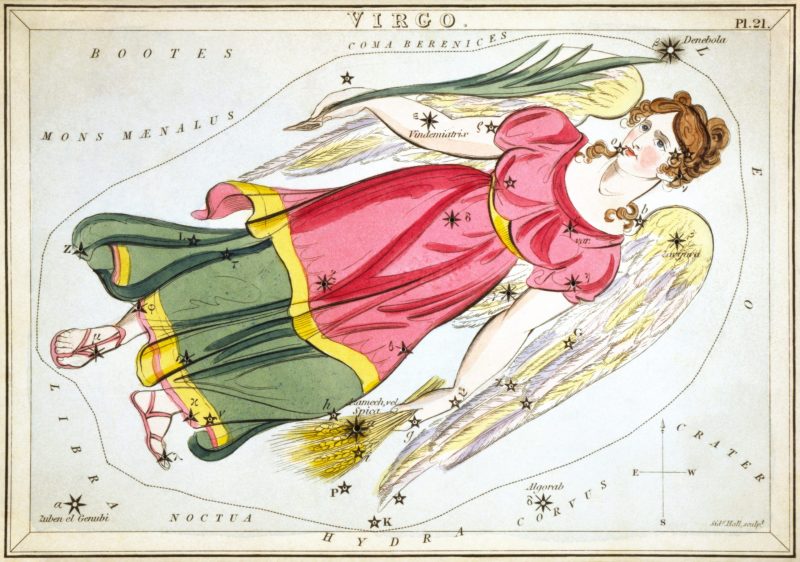
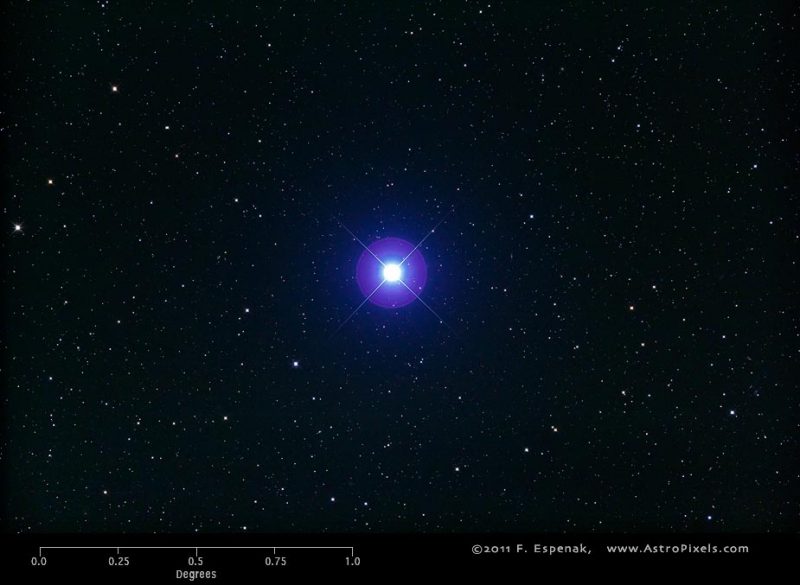
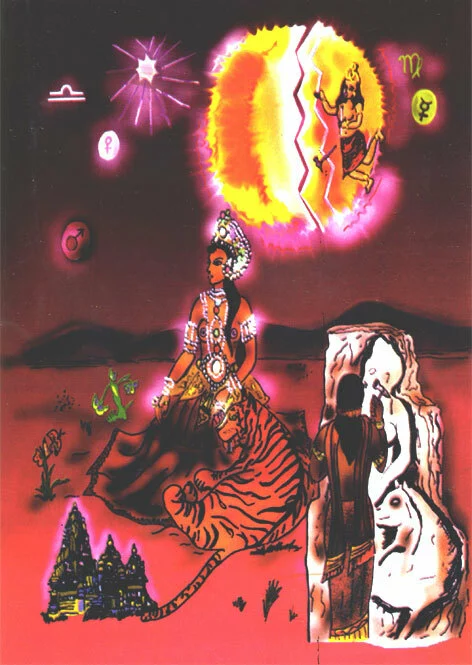
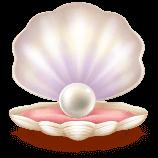
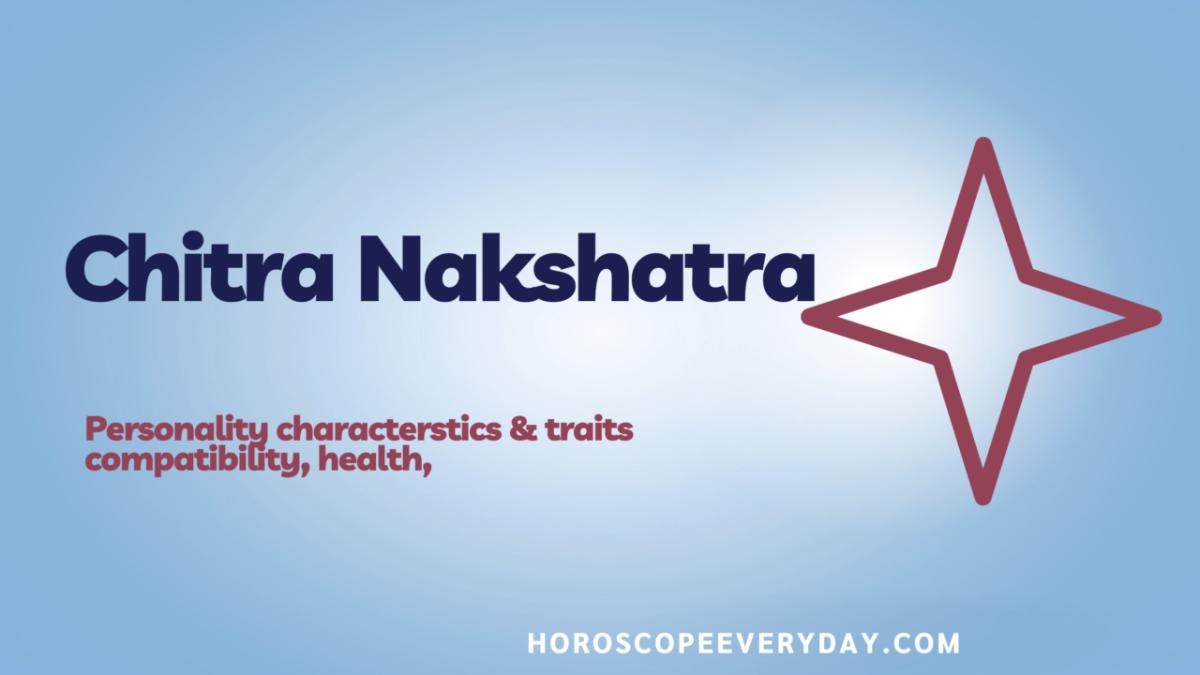
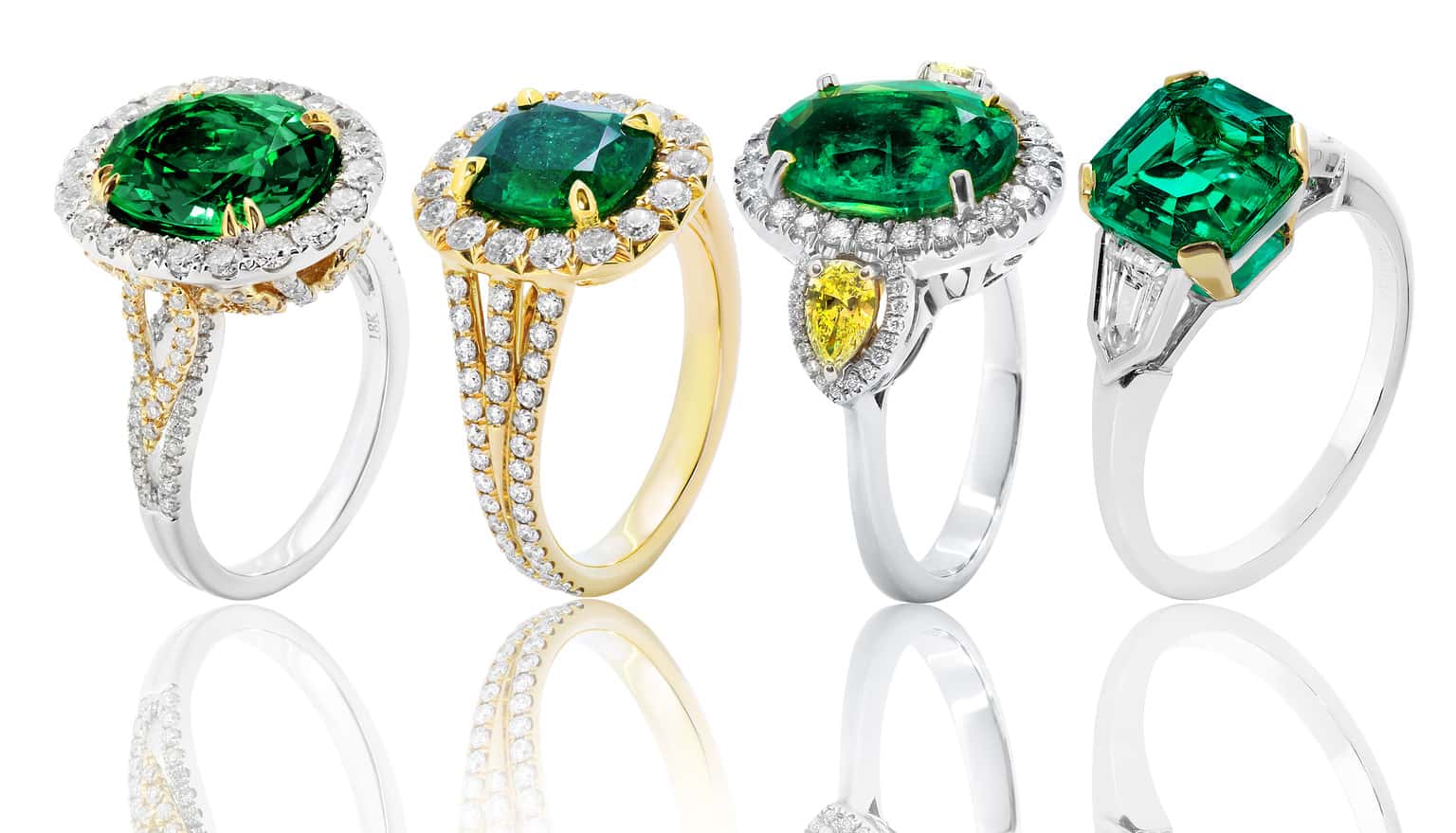 diamond rings with emerald, wedding jewelry engagement with gem and gemstone
Chitra is symbolized by a
diamond rings with emerald, wedding jewelry engagement with gem and gemstone
Chitra is symbolized by a 